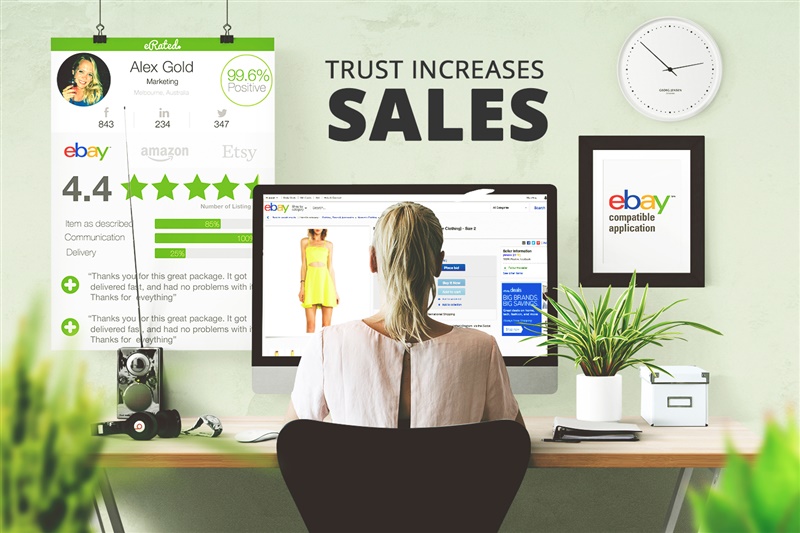Veterans of ecommerce will remember the first 15 years of online trade as being dominated by two parents: eBay and Amazon. In the last five years disruptive, sharing economy platforms like AirBnB and Lyft have led to an explosion of marketplaces for rooms to rent and rides to shares. We’re still at the forefront of this shift to more independent, people-driven eCommerce where thousands of people are being given the freedom to start smaller, local and niche marketplaces. It’s really an exciting time to be in this space!
In just the last year or so, we’ve witnessed the beginning of another trend: A further personalization of eCommerce through the setting up of independent storefronts. Millions of people have dreamed at one point or another about opening up their own store. For most of us, it’s not just about making money, but about sharing their passion with others. If it’s a passion for model cars, Swiss watches, shoes or Belgian chocolate, people want to share it with others through ecommerce. In the real world, setting up a niche shop was often the preserve of the retired banker who could afford the up-front costs. Similar, in eCommerce you needed a friend who could build you a website and maintain it through its lifespan - which is not something we all have access to.
In recent months, thanks to the likes of Shopify and BigCommerce, it’s now possible for literally anyone to setup an online marketplace. Like designing the interior of a house, these providers take you step by step from the conception of your idea through to setting up a payment and feedback system. These guys make it possible to have control over your own storefront. This opportunity is giving longtime sellers in places like eBay and Amazon the ability to leave the confines of these platforms and open up their own shops, without having to pay fees to a large ecommerce provider. It’s a drive toward independence and a way to save money.
So, to continue to save money and gain independence people are packing up their belongings and leaving the old big box online marketplaces to personalize their own storefront and have their own shop. The amount of personal control is liberating - you can design your own layout, rank your own products and connect directly with your own buyers.
It’s great news. However, there can be pitfalls associated with “breaking free” from the big boxes to start your own enterprise. Principally, you don’t have the perceived security of a big brand name behind you anymore. People are more comfortable buying from eBay and Amazon sellers because it’s a name they have come to trust and because they have recourse if something doesn’t turn out as expected. At the end of the day, they just don’t trust you like they did before.
So how can you get the shiny new doors of our storefront to swing open? Carry your old reputation with you. Don’t forget that all those transactions and satisfied customers from other platforms are part of your record, not somebody else’s. All those positive reviews and thumbs up can be transferred from your existing accounts in Amazon and eBay to your new storefront. If you’ve got a 98% aggregate rating from all the platforms you’ve been operating in, why not carry that over to your own storefront? When potential buyers see how well you’ve done elsewhere, they will be much more likely to trust you and buy from you. They may not know your name, but they know you’ve made your name elsewhere.
It’s a bit like a lead singer breaking away from a band to do their own thing. They can do it when they’ve built up enough credibility with the old band to carry it with them solo. If you use a reputation management provider, they can help you carry your reputation over to your own solo storefront.
Check out eRated to find out how you can be the Justin Timberlake of online storefronts.

Is Big Commerce part of eRatted now?